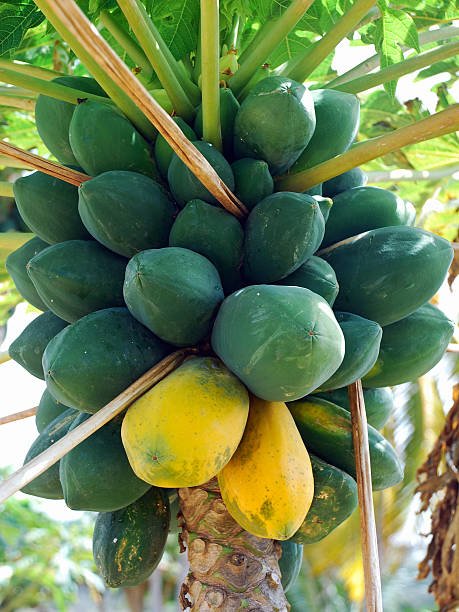hybrid food
With each and every day that passes we’re bound to experience “new information” that we learn about health and wellness. Since we all know that there is nothing new under the sun, many of these topics may only be new in some of our personal bubbles. Such is the case with hybrid foods. Though they are not new to me there may be some people that have no knowledge of what constitutes a hybrid food. But don’t be alarmed. Many of the things that we consume daily have been tampered with in one way or another by mankind.
Every so often (on a facebook post or an article) we’ll get a person who is armed with exceptional health knowledge make comments like, “That’s a hybrid so I’m not eating it” or “Everything is good on the list with the exception of spinach because it’s a hybrid food.” While the concern is understood it must also be understood the times in which we live. When we share information we have to be cognoscente enough to share information on foods that are accessible to everyone. When I say everyone, that’s exactly what I mean. If the masses of the people cannot drive to the location within 15 minutes or catch the bus in a reasonable amount of time to purchase that of which we speak, then we may be doing more harm than good. Why scare someone from eating something that is accessible (and has benefits) into searching for some rare random food that may not be available?
So we’re back to hybrid foods. What are hybrid foods? A hybrid food is a food created by cross pollinating two closely related species of the same genus or two cultivars or varieties within the same species. Basically, they don’t grow on their own in nature so someone has to purposely breed them together to create them. Do not confuse these with GMO foods. The common thread between GMO foods and hybrids is that man has tampered with both. However, GMO foods have their genes manipulated and joined with things that are not of the same species. They cross biological kingdoms. A hybrid does not!
If you have ever seen the movie The Fly with Jeff Goldblum he was a perfect example of a GMO. A man’s DNA was crossed with an insect’s in a lab. He was the result of science. Hybrids are the work of farmers and agriculturalists. Additionally, it is important to know that hybrid foods are not created in laboratories. Farmers have been cultivating new plant species for quite some time via the hybrid process. In short, the hybrid is created in a much more natural method where GMOs are created using highly advanced scientific technology.
Problem With Hybrid Foods
The major issue with hybrid foods is that their seeds generally cannot reproduce themselves and maintain their beneficial qualities after the first generation. If they do survive their nutrient density is probably not worth much. This is why hybrid foods should not be our first choice in many cases. Notice I didn’t say “not eaten.” They can still be consumed depending on the food. If a hybrid food does not have a seed (and it should have one) I would try not to consume it unless it was my last option or if the alternative was something completely unhealthy. In reality no hybrid food is going to kill anyone.
Some examples of hybrid foods are blood limes, tayberry, tangelo oranges, carrots, grapefruits, squash and spinach. Do I consume grapefruits, squash, yellow corn and spinach? Absolutely. Do I consume them frequently? In the last six months I have consumed corn very frequently and spinach approximately three times. I just so happen to like the taste of corn but I can do without it. The other two I have consumed once with twice being the most. The fact that a food is a hybrid does not mean that they won’t be nutritious (unless they are seedless like watermelon!). Don’t turn your back on non-starch based hybrid foods like seeded fruits and green plants (such as spinach). These are far better than junk food and will indeed provide your body with necessary nutrients.
The point to make is that hybrids are not detrimental in many instances. In my opinion, what makes a hybrid food dangerous is if it is starch based (like corn) or if it is without a seed. Not having a seed is not as dangerous as it is counterproductive to our nutrition. The purpose of eating is to feed the cells nutrients. As far as starch is concerned we know that if you spray starch on a pair of pants or a shirt, it’s going to harden. If your clothes will harden from starch then it’s safe to say that your blood, arteries and blood vessels can expect the same outcome.
INTERESTING FRUIT on the picture